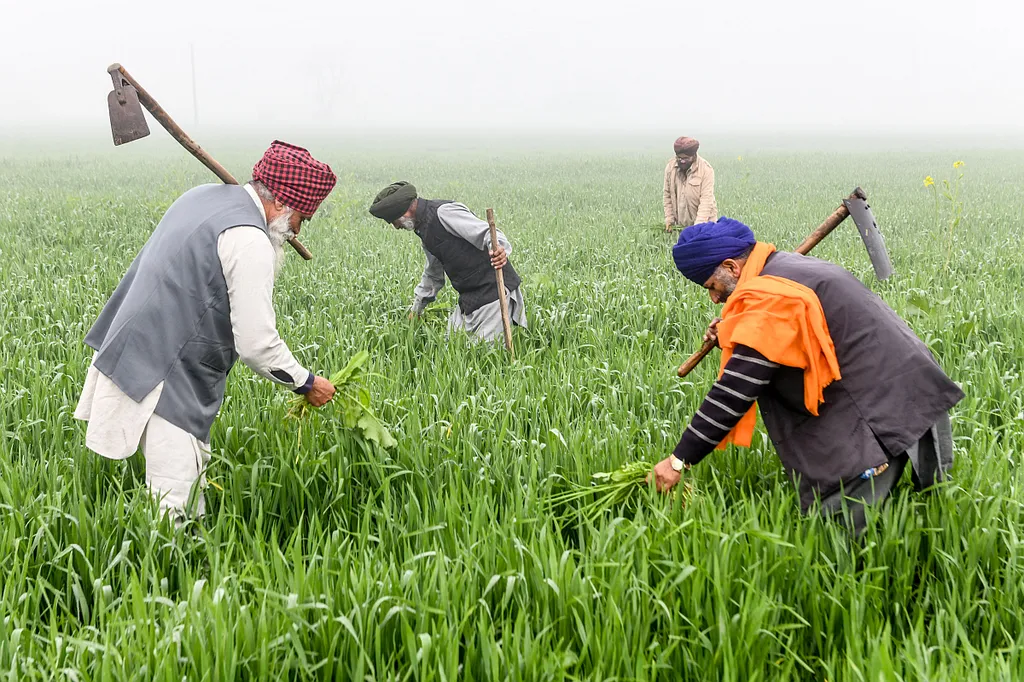In the ever-evolving world of agriculture, a shift in perspective on soil cultivation is inspiring manufacturers to innovate and offer implements that diverge from the traditional tools commonly used until now. The trend is clear: keeping the soil as green as possible is becoming a priority, and this is driving significant changes in the types of equipment farmers are adopting.
The plough and the power harrow have long been standard equipment for many arable farmers. However, the trend towards less and shallower ploughing has been gaining momentum for years. This shift is driven by a growing understanding of the importance of soil life. The new motto is: let the soil life do the work instead of cultivating the soil yourself. This approach involves feeding the soil life with organic matter such as straw, compost, farmyard manure, Bokashi, and cover crops, rather than relying heavily on synthetic fertilisers.
This change in philosophy requires matching mechanisation and strategy. From fertilisation norms and legal restrictions, this transition is, in practice, a complex puzzle. The choice of cover crops, for instance, is influenced by factors such as nematode issues. Once these choices are made, farmers have a wide range of mechanisation options to consider.
One of the most popular choices is the power harrow with a subsoiler in front and a seed drill mounted, which has become virtually the new standard for farmers who have set aside the plough. The disc harrow is also gaining traction, suitable for use in stubble as well as in spring. Its versatility and effectiveness in different conditions make it an attractive option for many farmers.
The cultivator, once a staple in Dutch agriculture, is now facing competition. While it remains widely used for its deep and shallow cultivation capabilities, new concepts are entering the market. Manufacturers are introducing cultivators specifically designed for precise shallow work, more akin to hoeing than traditional cultivation. These new models are equipped with goosefoot shares instead of the larger wing shares, featuring extra sharp and wear-resistant cutting edges. Additional gauge wheels provide stable running and precise shallow cultivation, making them ideal for stubble cultivation and spring cultivation.
Another innovation is the bio-rotavator, developed in response to the challenges posed by greening. This implement works evenly and shallowly, chopping and incorporating green mass while keeping it on the surface or close to it. Although it requires relatively high power and has less capacity compared to non-powered implements, its effectiveness in certain conditions makes it a valuable tool for some growers.
The disc harrow, once not traditionally popular in the Netherlands, has found a place in the Dutch market thanks to the introduction of the Evers Vario-Disc compact disc harrow. This compact design has become virtually the standard in Western Europe, offering various disc diameters and a wide choice of packer rollers. Large discs can chop and incorporate bulky cover crops or large volumes of crop residues, making it an interesting option for some growers. However, disc harrows are less suitable for minimal working depth and require considerable weight on hard ground to penetrate the soil.
One unique concept that has not yet caught on is the chain disc harrow. This Australian concept, followed by Dalbo and Fliegl, has seen limited success in the Netherlands due to its unfamiliarity and limited control over working depth. Despite its high capacity and ability to cultivate soil evenly, the combination of being a large, trailed implement and its unfamiliarity has prevented it from becoming a bestseller.
The knife roller, introduced almost a decade ago, has seen fluctuating demand. Initially popular for its capacity to cut down bulky cover crops with minimal power requirement, it has been overshadowed by the flail mower. However, knife rollers have not disappeared entirely. Many manufacturers now offer them in combination with cultivators or disc harrows, or as separate implements. Their versatility and effectiveness in specific conditions continue to make them a valuable tool for some farmers.
In conclusion, the agricultural landscape is undergoing a significant transformation driven by a shift in perspective on soil cultivation. As farmers increasingly prioritise keeping the soil green and feeding the soil life, new and innovative implements are entering the market. From disc harrows to bio-rotavators and knife rollers, the options available to farmers are expanding, offering them more choices to meet their specific needs and conditions. This trend towards less and shallower ploughing, combined with the use of organic matter, is not only changing the types of equipment farmers use but also reshaping the very foundations of modern agriculture.

